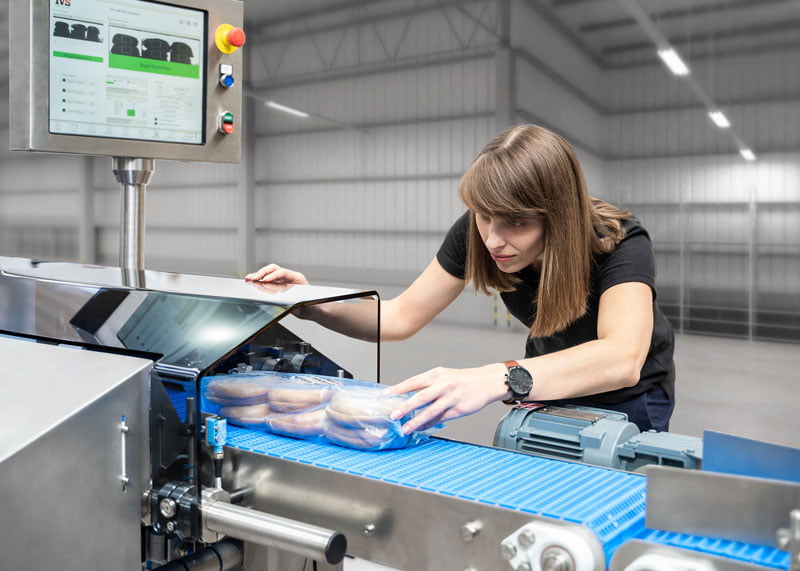We get asked this all the time! What are the differences between using a human inspector and what can we expect from an intelligent vision system. Advances in artificial intelligence, in particular deep learning, are enabling computers to learn for themselves and so gaps in this area continue to decrease. But it’s still safe to say that vision systems work from logic, don’t get tired and don’t have an “off” day. And of course, some production processes are too high speed for an operator to inspect (such as in medical device and pharmaceutical manufacturing).
Some of the key characteristics in comparison between human and machine vision can be seen in the table below:
| Human Vision | Machine Vision | |
|---|---|---|
| Speed | The human visual system can process 10 to 12 images per second. | High speed – hundreds to thousands of parts per minute (PPM) |
| Resolution | High image resolution | High resolution & magnification. |
| Interpretation | Complex information. Best for qualitative interpretation of unstructured scene | Follows program precisely. Best for quantitative and numerical analysis of a structured scene |
| Light spectrum | Visible light – Human eyes are sensitive to electromagnetic wavelengths ranging from 390 to 770 nanometres (nm) requires additional lighting to highlight parts being inspected, but can record light beyond human visible spectrum. | Some machine-vision systems function at infrared (IR), ultraviolet (UV), or X-ray wavelengths. |
| Consistency, reliability & safety | Impaired by boredom, distraction & fatigue |
Continuous repeatable performance – 24/7 100% accuracy |
As we can see in the table, machine vision offers some real benefits over human vision, and this is what an increasing number of industries are recognising and exploiting.
The operational benefits of machine vision
So, for the forward-thinking companies exploiting this technology, there are a number of operational benefits of machine vision including:
- Increased competitiveness – higher productivity and output
- Lower costs – Less downtime and waste, increased speed and error correction. Automatically identify and correct manufacturing problems on-line with machine vision forming part of the factory control network
- Improved product quality – 100% quality check for maximum product quality
- Improved brand reputation management – More stringent compliance with industry regulations, leading to fewer product recalls and a reduced number of complaints
- Customer complaint handling process improvements – Image archiving and recording throughout the whole process
- Increased safety – machine vision solutions contribute to a positive, safe working environment
- Improvements to sustainable working practices – machine vision can improve the use of energy and resources, make material flow smoother, prevent system jams, reduce defects/waste and even save on space. It can also help to enable Just In Time processes through tracking and tracing products and components throughout the production process, avoiding component shortages, reducing inventory and shortening delivery time.
- Higher innovation – Releasing staff from manual, repetitive tasks for higher value work can lead to greater creativity and problem-solving.
Limitations
Whilst it’s hopefully clear that there are many benefits to machine vision, there are also some limitations. Machine vision systems are able to deliver results equal to and often above human performance with greater speed, continuity and reliability over a longer time period.
However, we should remember that the way the machine ‘sees’ can only be as good as the conditions and rules that are created to enable it to do so. In this respect, it is important that the following basic rules are observed:
- The inspection task has been described precisely and in detail, in a way appropriate for the special characteristics of machine ‘‘vision’’.
- All permissible variants of test pieces (with regard to shape, colour, surface etc.) and all types of errors have been taken into account.
- The environmental conditions (illumination, image capturing, mechanics etc.) have been designed in such a way that the objects or defects to be recognised stand out in an automatically identifiable way.
- These environmental conditions are kept stable.
In a related point, machine vision can be limited by the relationship between the amount of data required to help train it and the processing power needed to efficiently process the data. However, deep learning, which enables machines to learn rather than train, requires much less data and so provides an opportunity for progress in this respect.
